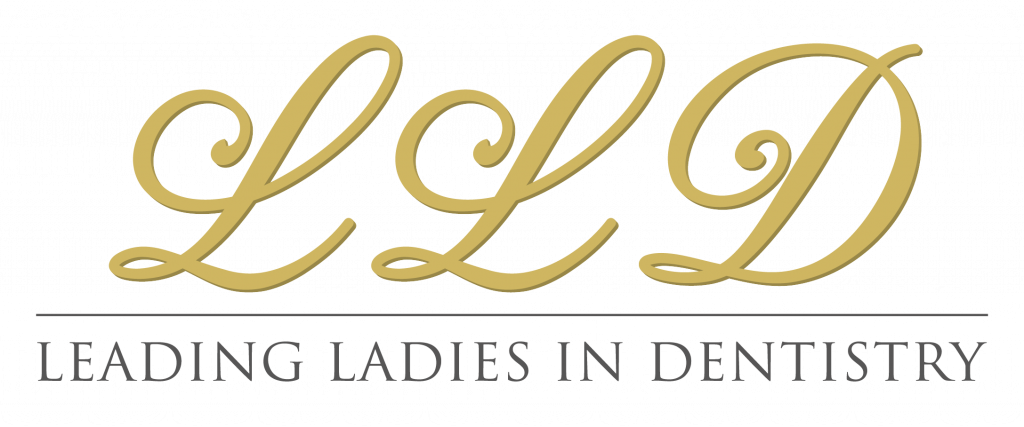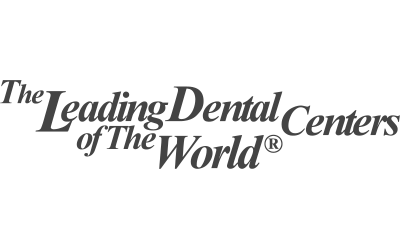Project Description
Periodontology is a dental specialty focused on preventing, diagnosing, and treating periodontal diseases, which affect the supporting structures of the teeth. It is crucial for maintaining not only a beautiful smile but also a healthy one.
What are Periodontal Diseases?
Periodontal diseases begin as gum inflammation and are often underestimated. Caused mainly by bacteria in dental plaque, untreated plaque hardens into tartar, worsening inflammation and leading to more severe conditions like periodontitis. Regular oral hygiene appointments are vital for monitoring oral health and preventing tooth loss due to periodontitis.
Treatments for Periodontitis
At Polizzi Luongo Studio in Verona, various treatments are employed to halt periodontitis progression:
- Deep Cleaning (Scaling and Root Planing): This non-surgical treatment removes plaque and tartar below the gum line and cleans the tooth roots to prevent further bacterial buildup.
- Laser Therapy: In some cases, laser therapy is used to reduce bacterial presence.
- Maintenance Programs: Following treatment, a maintenance program including regular dental visits is essential to monitor periodontal health and prevent disease recurrence.
A proactive approach to periodontal health is crucial to prevent serious consequences like tooth loss and exacerbation of systemic conditions such as diabetes and cardiovascular diseases.
FAQ
Gum bleeding, often noticed during brushing or spontaneously at night, is an early symptom of progressive periodontal disease. This condition is usually linked to poor oral hygiene. It is crucial to consult a periodontologist for early diagnosis and appropriate therapy to prevent severe damage to the tooth-supporting tissues.
Tooth mobility can be due to trauma or, more commonly, advanced periodontal inflammation, known as periodontitis. If untreated, this condition leads to the progressive destruction of the ligaments that hold teeth in their sockets, causing tooth mobility and eventual loss.
Teeth may appear elongated when roots are exposed due to gum recession. This can be asymptomatic or associated with dental sensitivity or aesthetic concerns.
Root planing is a deep cleaning procedure to remove subgingival tartar using manual (curettes) and mechanical tools. It follows precise radiological and clinical diagnosis and may require local anesthesia.
ADVICES
Check oral hygiene practices with a dental hygienist, ensuring proper use of toothbrush, toothpaste, and floss. Consult a periodontologist for a detailed diagnosis.
In the absence of trauma, mobility is likely due to neglected periodontitis. Consult a periodontologist urgently for assessment and treatment.
Consult a periodontologist about mucogingival grafts to cover exposed tooth areas.












